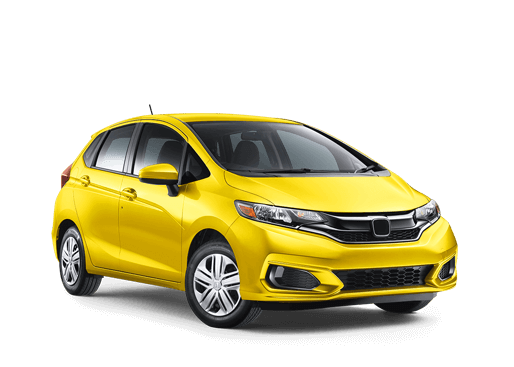The evolution of two-wheeler engines has been marked by a compelling debate between Single Overhead Camshaft (SOHC) and Dual Overhead Camshaft (DOHC) technologies. Understanding the distinctions between these systems is vital for riders, impacting performance, fuel efficiency, and maintenance costs. In the contemporary context, the significance of motor insurance, supported by a vehicle insurance calculator and engine protection cover, adds a layer of security.
Additionally, the chassis number in a bike serves as a unique identifier, linking technological considerations to practical insurance aspects.
The camshaft is pivotal in engine operation, regulating intake and exhaust valve movements. SOHC utilizes a single camshaft for both functions, while DOHC employs two separate camshafts, offering enhanced control.
Valve Operation in OHV Engines:
The outdated Overhead Valve (OHV) configuration, known as “pushrod” engines, relies on lifters, pushrods, and rocker arms to operate valves. However, this design is less efficient and precise than SOHC and DOHC, particularly at high RPMs.
SOHC vs. DOHC Engines
SOHC (Single Overhead Camshaft):
SOHC engines use a single camshaft to operate both intake and exhaust valves. They are lighter, generate more torque at lower RPMs, and typically have fewer valves per cylinder, making them more straightforward and fuel-efficient. However, they may lack the top-end power of DOHC engines.
DOHC (Dual Overhead Camshaft):
DOHC engines utilize two camshafts, each dedicated to intake or exhaust valves. This design increases intake and exhaust efficiency, resulting in higher horsepower. DOHC engines are heavier, but their ability to smoothly handle higher valve configurations enables superior top-end power.
Differences And Considerations
Volume Efficiencies:
DOHC engines excel in intake and exhaust efficiency, producing more power and better acceleration than SOHC counterparts.
Lower Band Torque:
SOHC engines, being lighter, generate more torque at lower RPMs, making them suitable for bikes focused on fuel efficiency.
Weight:
SOHC setups are generally lighter due to fewer valves per cylinder, contributing to reduced weight and potential fuel efficiency.
RPMs:
DOHC engines can achieve higher RPMs, optimizing valve configurations for enhanced power at the top end.
Fuel Efficiency And Maintenance Costs
With their perfect valve timing, DOHC engines often result in increased power and fuel consumption. Maintenance costs, however, tend to be higher due to the complexity of the dual camshaft system. With simpler designs, SOHC engines offer cost-effective maintenance but may sacrifice some power.
Choosing Between DOHC And SOHC
Considerations for choosing between DOHC and SOHC include power preferences, maintenance costs, and environmental impact. SOHC engines are more straightforward, more cost-effective, and environmentally friendly. Meanwhile, DOHC engines offer superior power, albeit with increased maintenance expenses, especially at higher RPMs. The decision ultimately depends on individual priorities and preferences.
The SOHC versus DOHC debate offers riders various choices influenced by power preferences, fuel efficiency, and maintenance costs. As riders make decisions, the role of motor insurance cannot be overstated.
Utilizing tools like a vehicle insurance calculator and opting for engine protection cover enhances security. The often-overlooked chassis number becomes a crucial link between technological considerations and insurance documentation. In the evolving world of two-wheelers, the balance between technical sophistication and comprehensive protection ensures a secure riding experience for enthusiasts worldwide. Claims are subject to terms and conditions set forth under the motor insurance policy. *
*Standard T&C Apply
Insurance is the subject matter of solicitation. For more details on benefits, exclusions, limitations, terms, and conditions, please read the sales brochure/policy wording carefully before concluding a sale.
